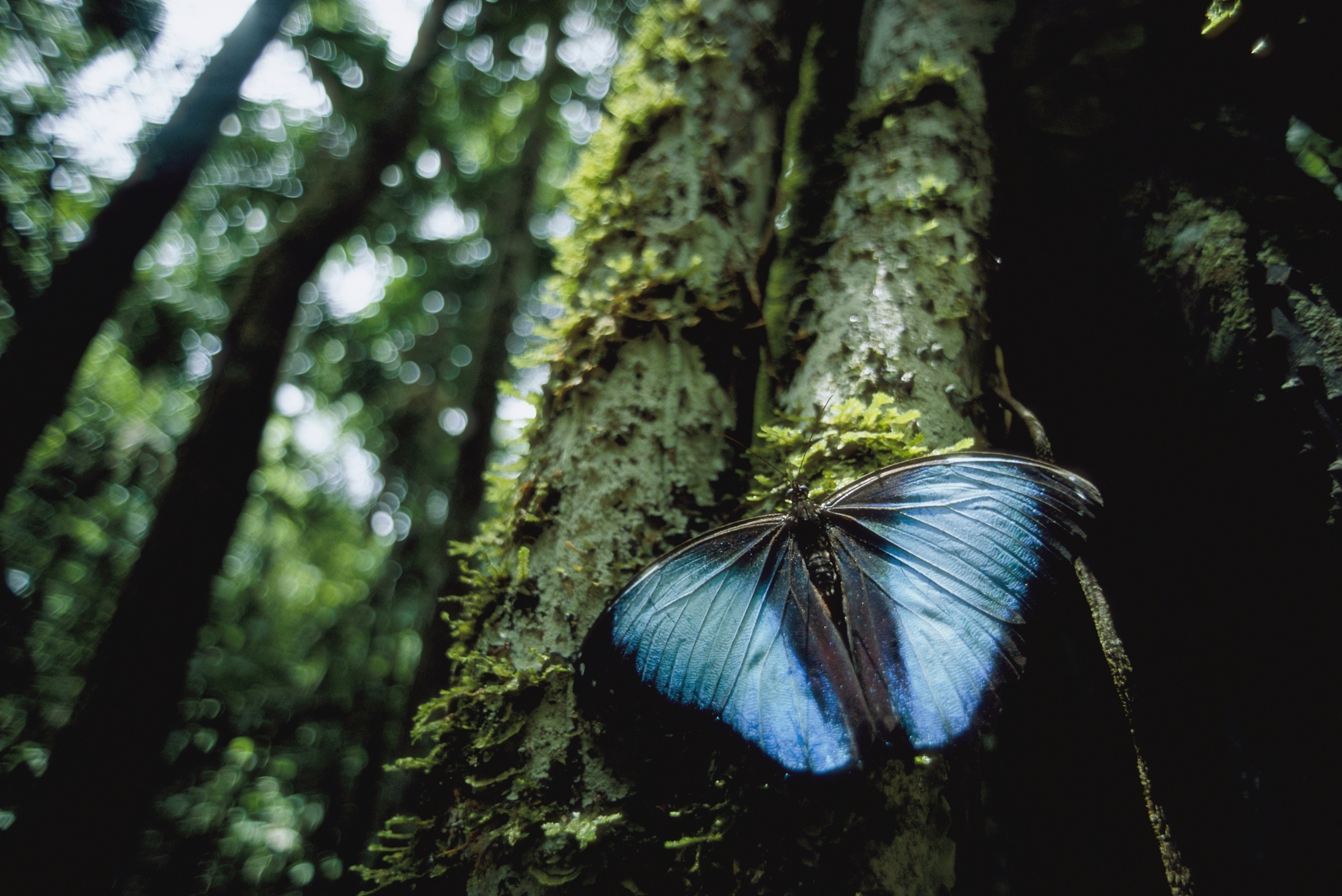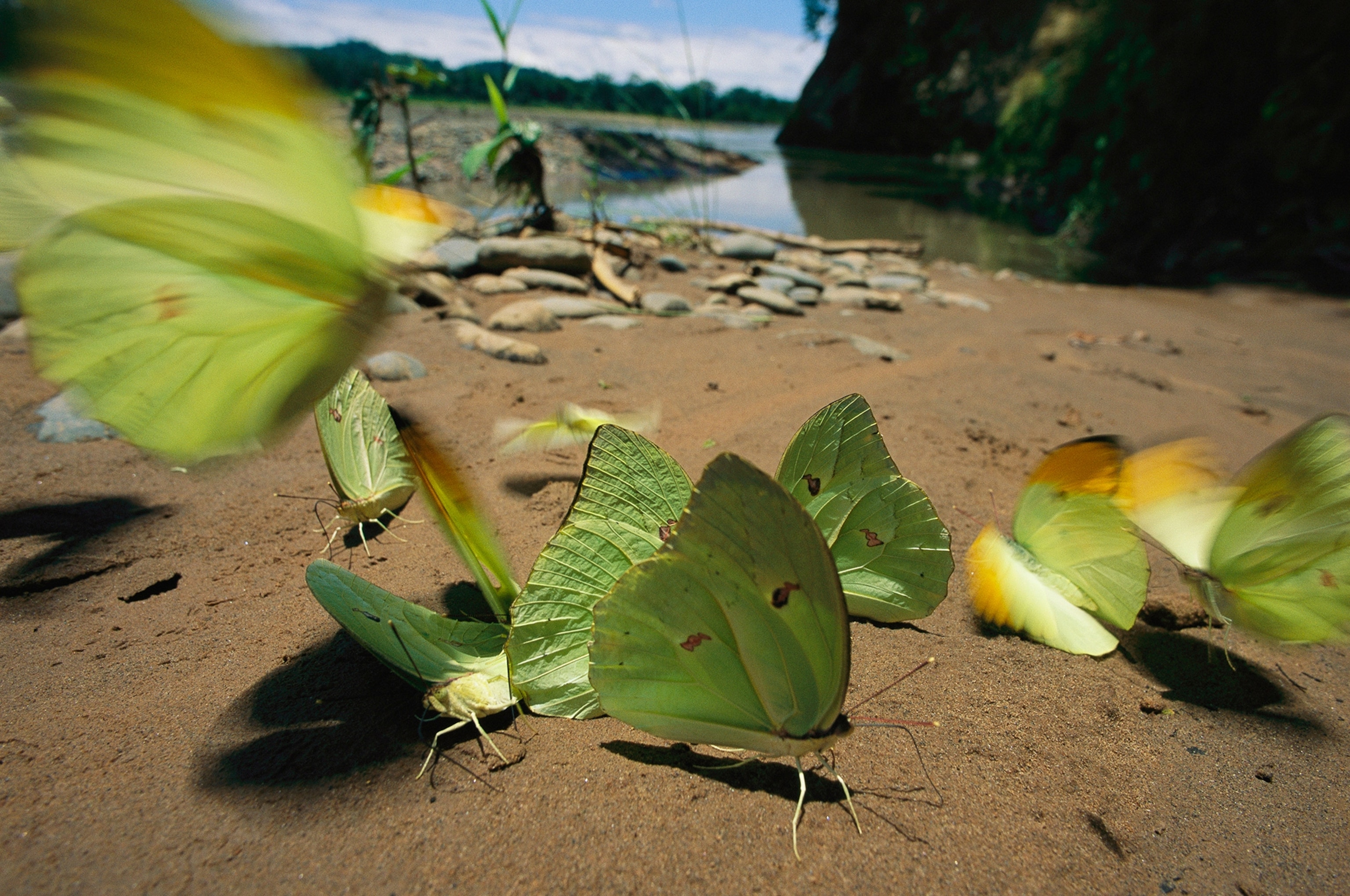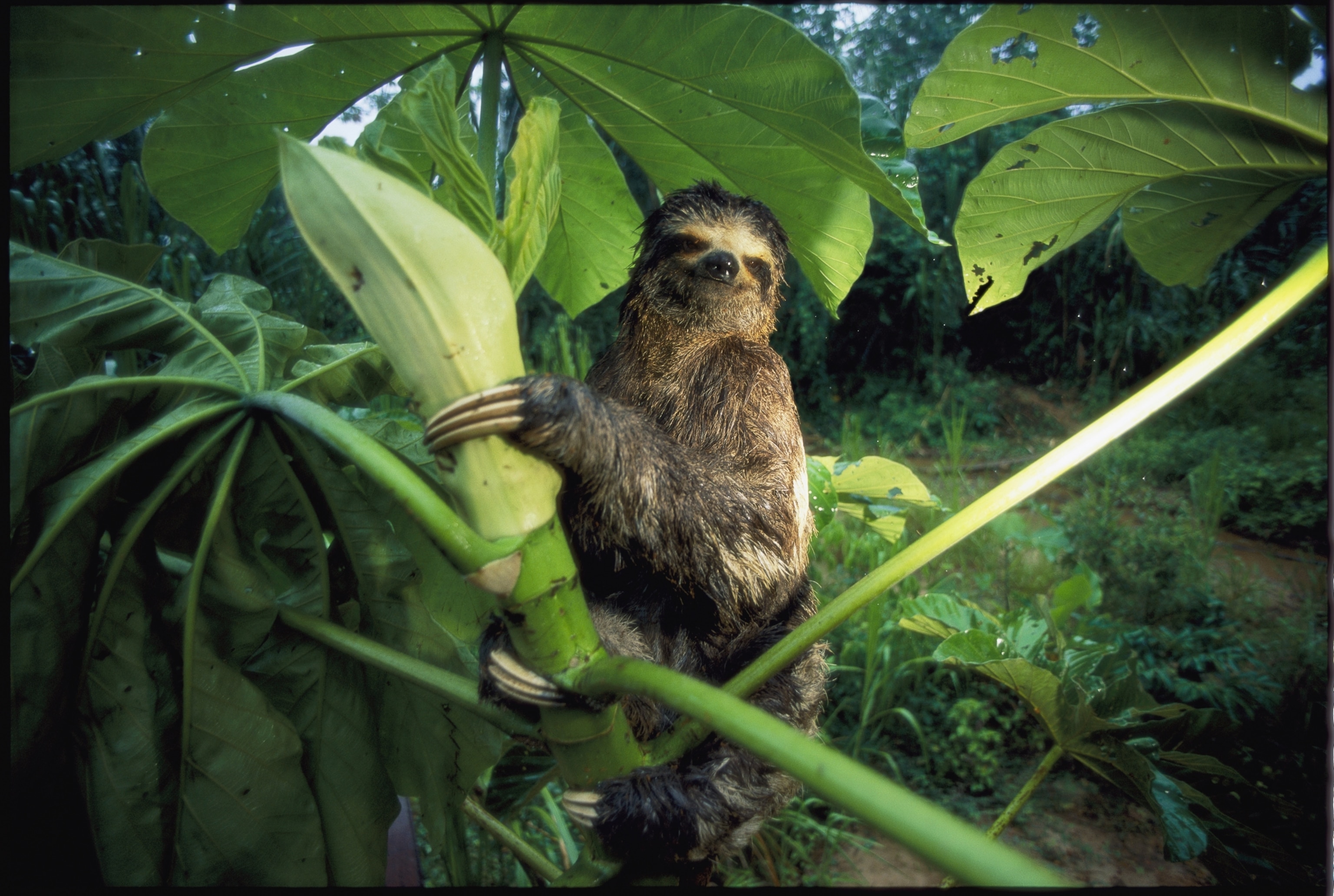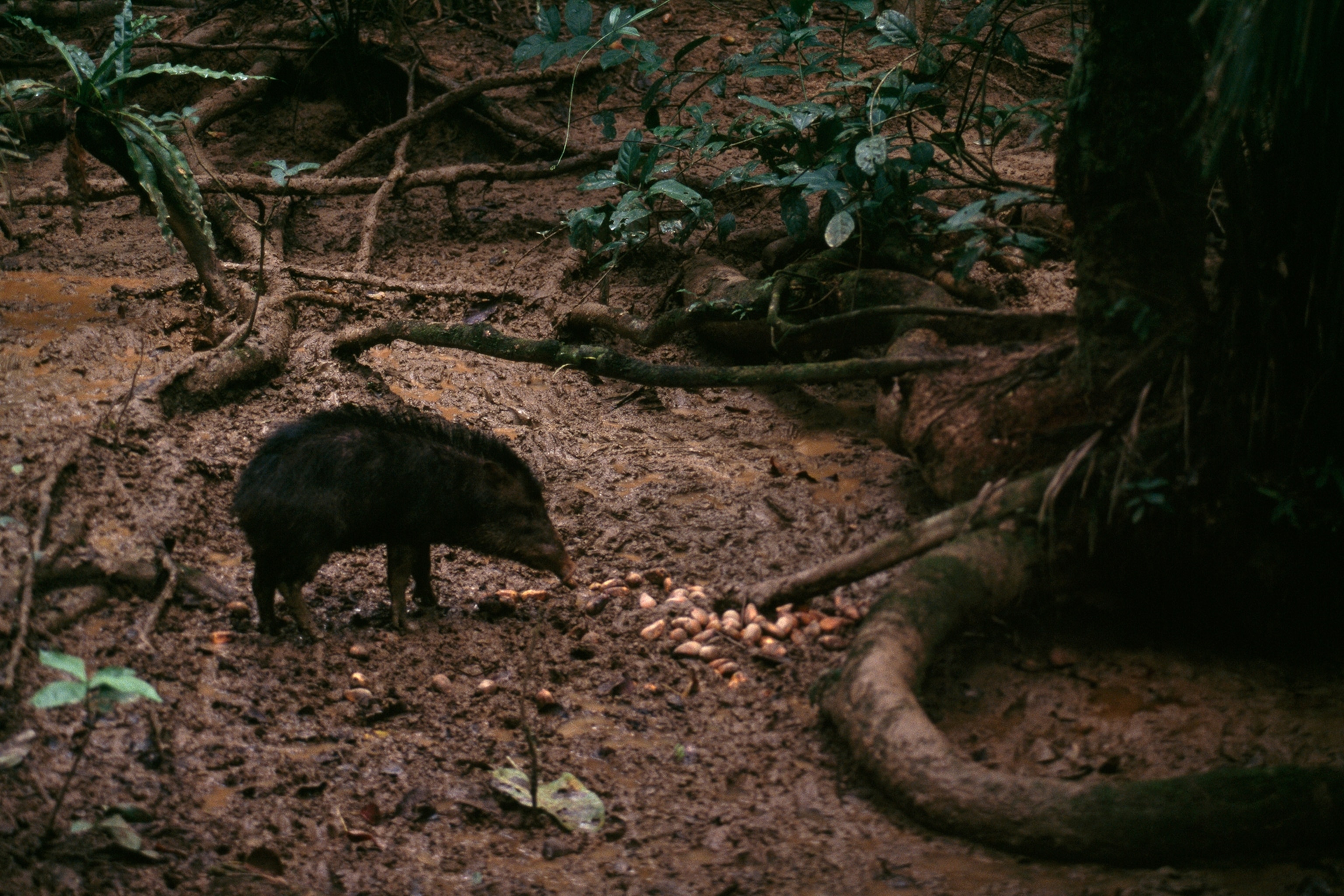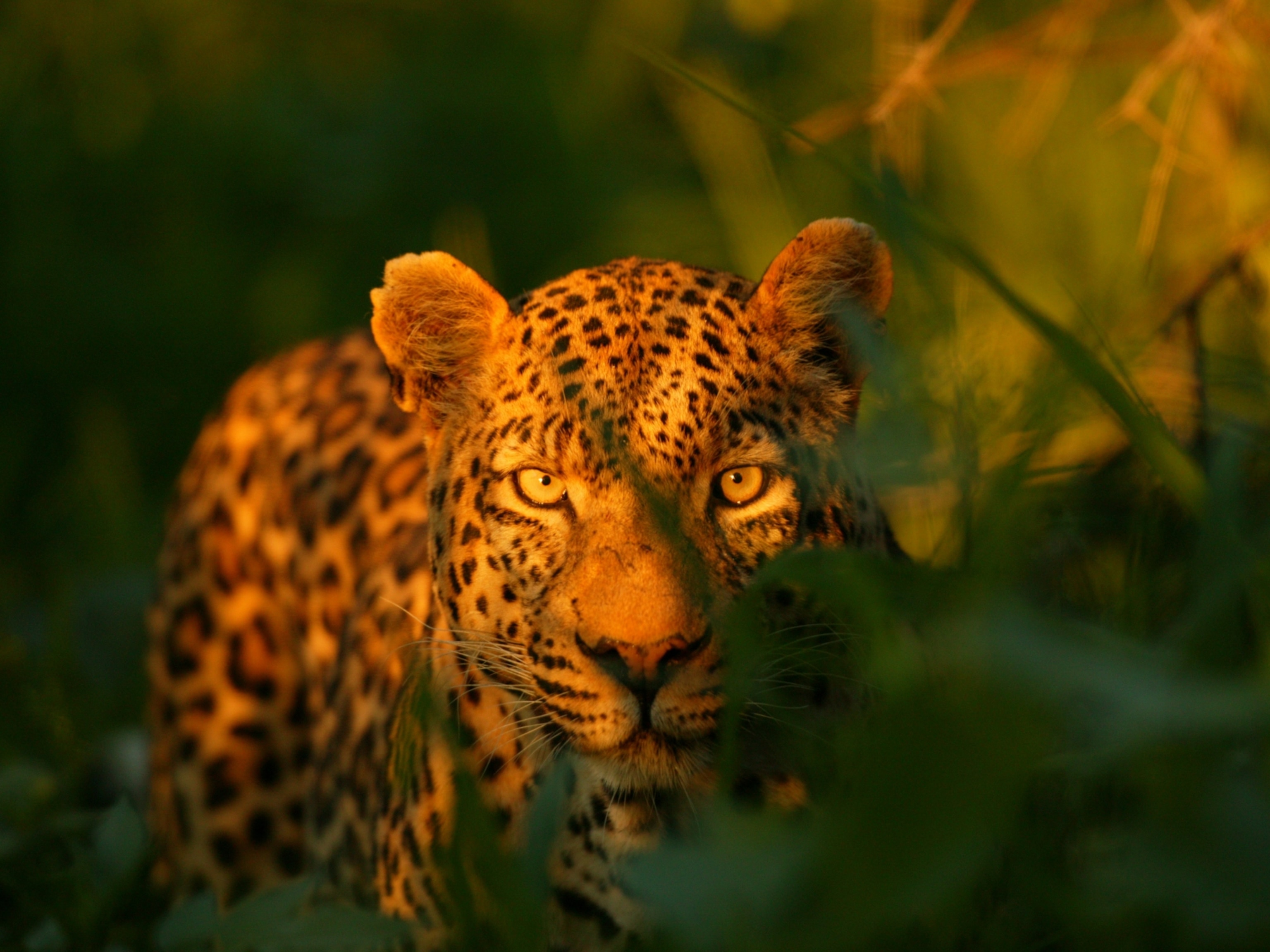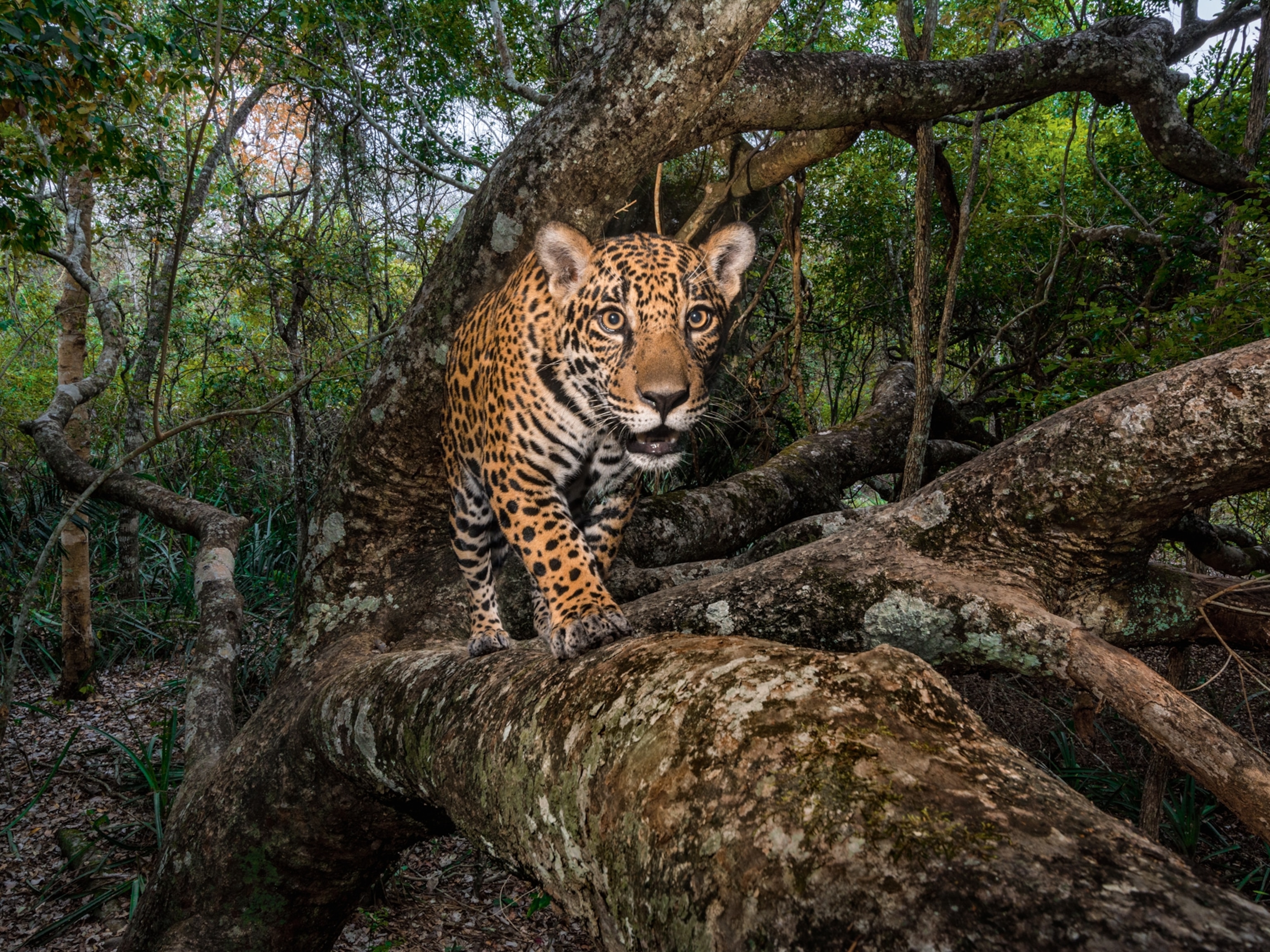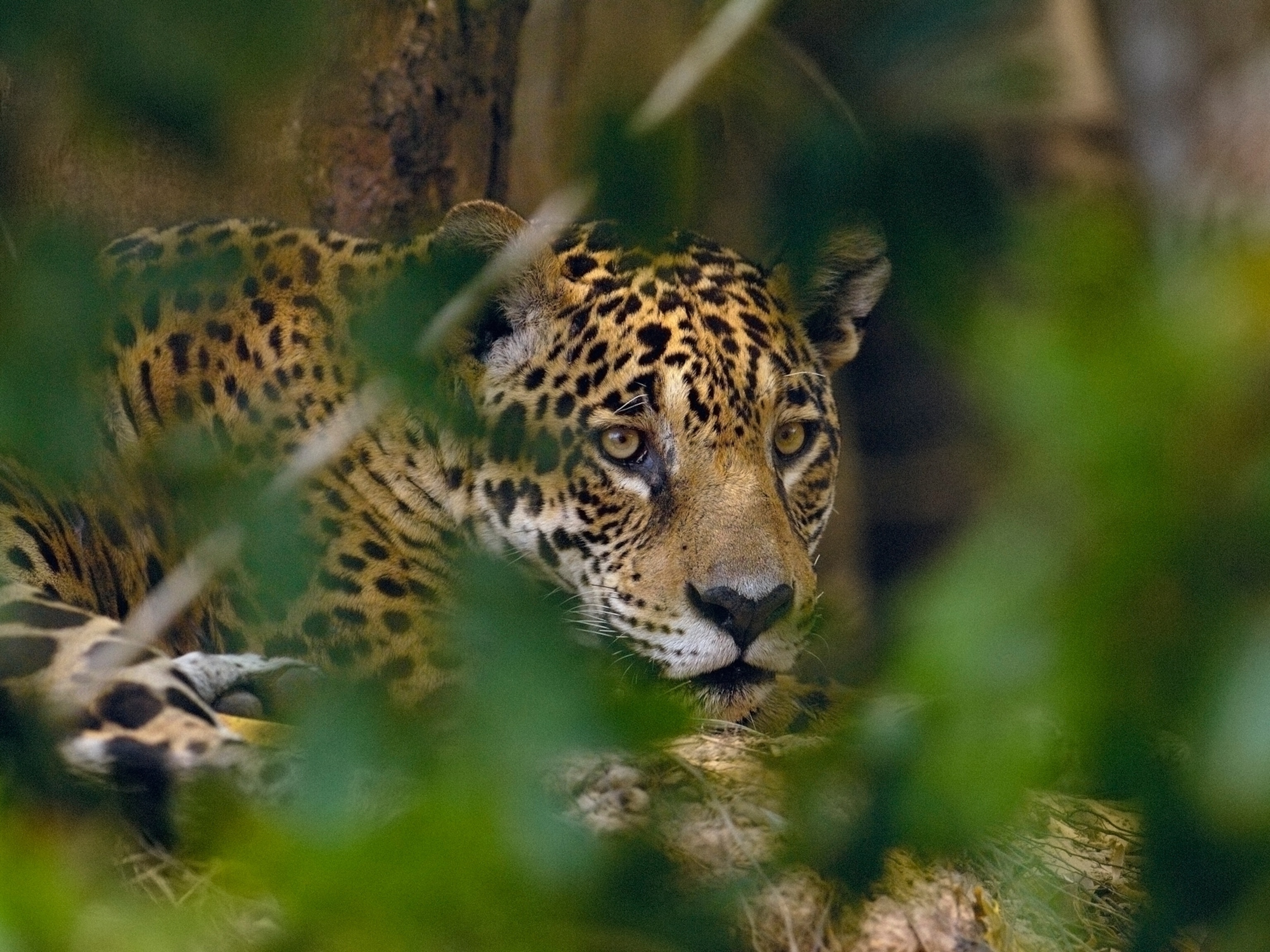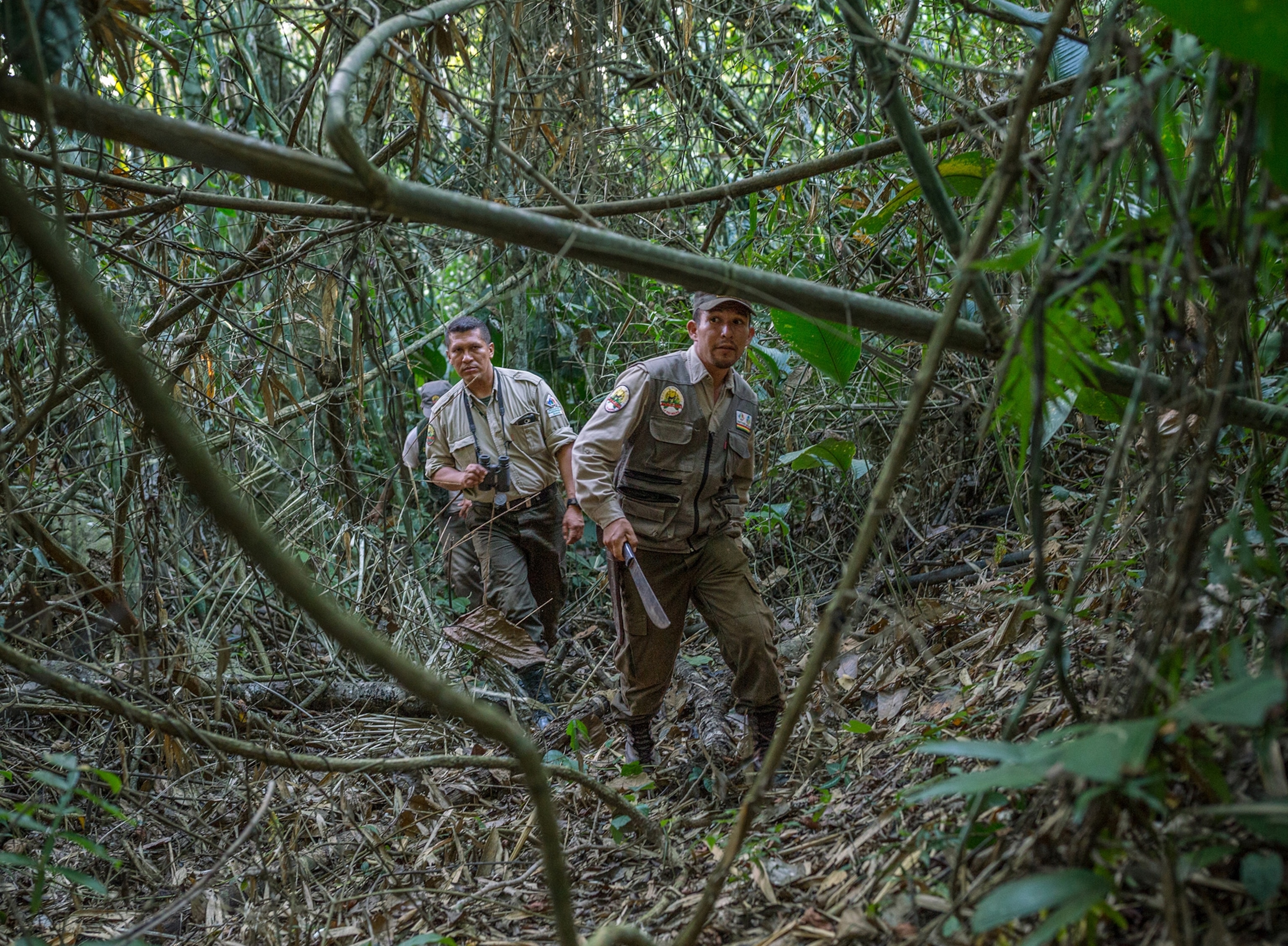
On the Trail of Jaguar Poachers
As Chinese investment floods into Bolivia, the spotted cats are under siege because of a booming market for their teeth and skulls.
A downpour during the night had turned the greenish water of Río Quendeque angry and red with fresh mud, and the clouds looked ready to burst again any moment. Thankfully, we had the good boat, the one with the “roof”—an awning where giant Amazonian spiders and iridescent beetles were hanging out. I was on patrol with rangers from Madidi National Park in Bolivia, who were searching for clues about a growing problem in the rain forest.
Madidi, a bit smaller than New Jersey, is a stunning natural trove, with more than 11 percent of the world’s bird species and 200 species of mammals. Even in the rainy season, when waist-deep mud can hobble you and insects seem hell-bent on eating you alive, it’s magical. Scarlet macaws swoop overhead, swarms of green-blue Urania moths blanket mud puddles, and the giant trees that loom over all are so lush they block out the sky.
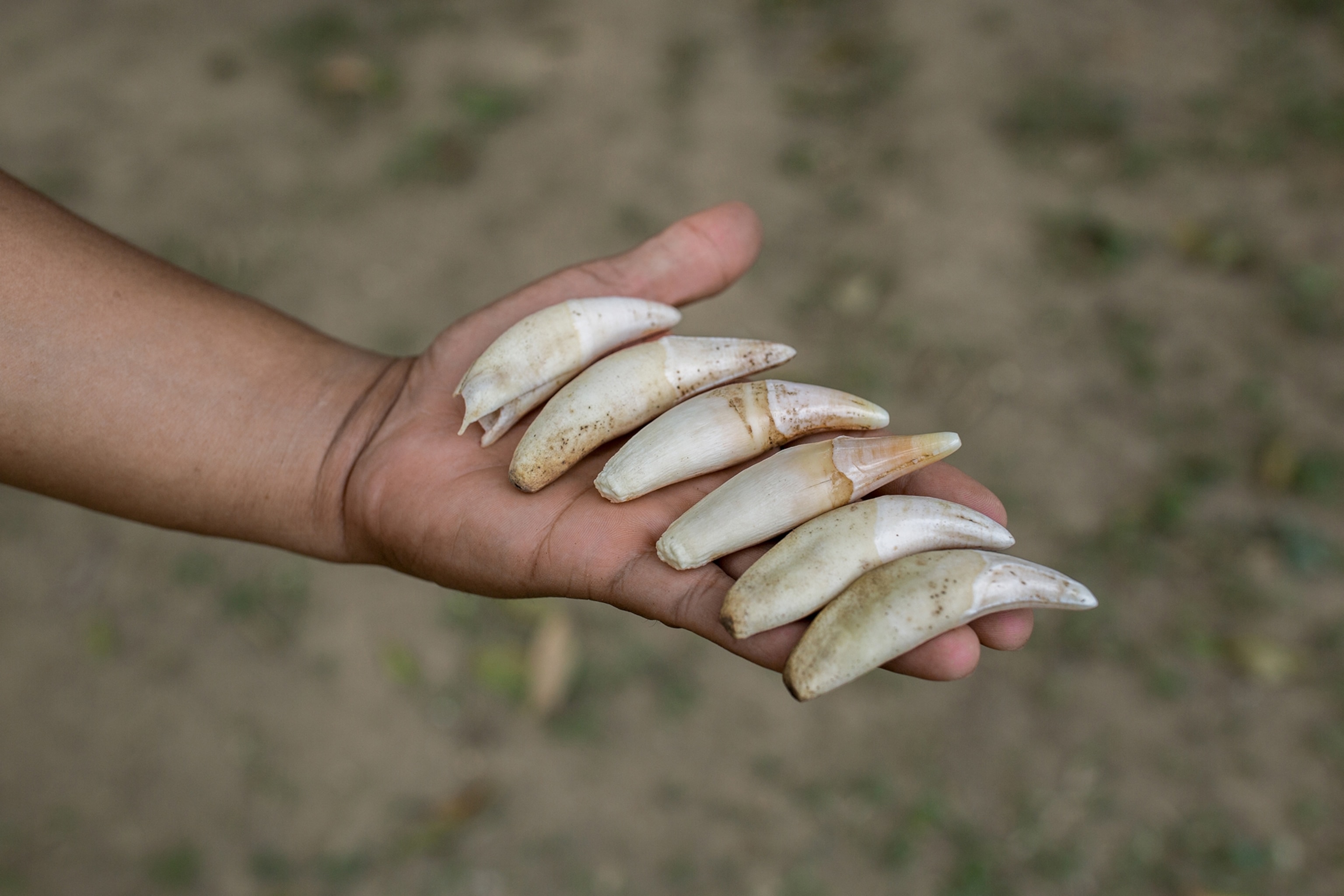
The park is also home to the jaguar, the mysterious spotted cat of the jungle that once roamed from the southwestern U.S. through Argentina. Jaguars have lost swaths of forest habitat to ranchland, farmland, and illegal logging, and they’re often shot by people who fear them (even though jaguars very rarely attack humans) or who worry that the cats will kill their cattle (which they sometimes do). And now jaguars are facing a new threat: poaching for the illegal trade in wildlife.
Nowhere, perhaps, is this threat more evident than in Bolivia, where postal service employees have confiscated hundreds of jaguar teeth being smuggled to China. In separate court cases, two Chinese men are being tried on charges related to jaguar trafficking. And in towns across northern Bolivia, radio stations air advertisements by men with Chinese accents offering to buy jaguar parts from local people.
Hunting jaguars, as well as buying, selling, and even possessing jaguar parts, is illegal in Bolivia and has been for years. So is trading in jaguar parts commercially across international borders. But in Bolivia it’s often easy to get away with. Law enforcement is weak, and the price of teeth is high—sometimes $100 to $200 a tooth.
“People see it as a way of making money,” says Nuno Negrões Soares, a biologist with a Bolivian conservation organization. “They know they’re not going to get in trouble.”
China’s appetite for jaguars seems to be growing, given that tiger parts—especially teeth, which are worn as jewelry to show off wealth or as protection against evil—are increasingly hard to come by as those endangered cats get scarcer. Meanwhile, Chinese investment and infrastructure deals with Bolivia have brought an influx of Chinese workers, spurring more illegal activities, including jaguar trafficking, according to Anaí Holzmann, a jaguar conservationist in Bolivia.
“The workers know they can make extra money selling wildlife to China,” she says. “So they do that, sometimes with the help of Bolivians and other Chinese, like people who own restaurants and nightclubs.”
On our river patrol we came across an indigenous man in a boat laden with bananas. He noticed the rangers’ uniforms as our boat pulled alongside his. After some small talk, Marcos Uzquiano, Madidi’s director, turned the conversation to jaguars.
“A Chinese guy” came to his village last year, the man said. “He was looking for teeth and heads.”
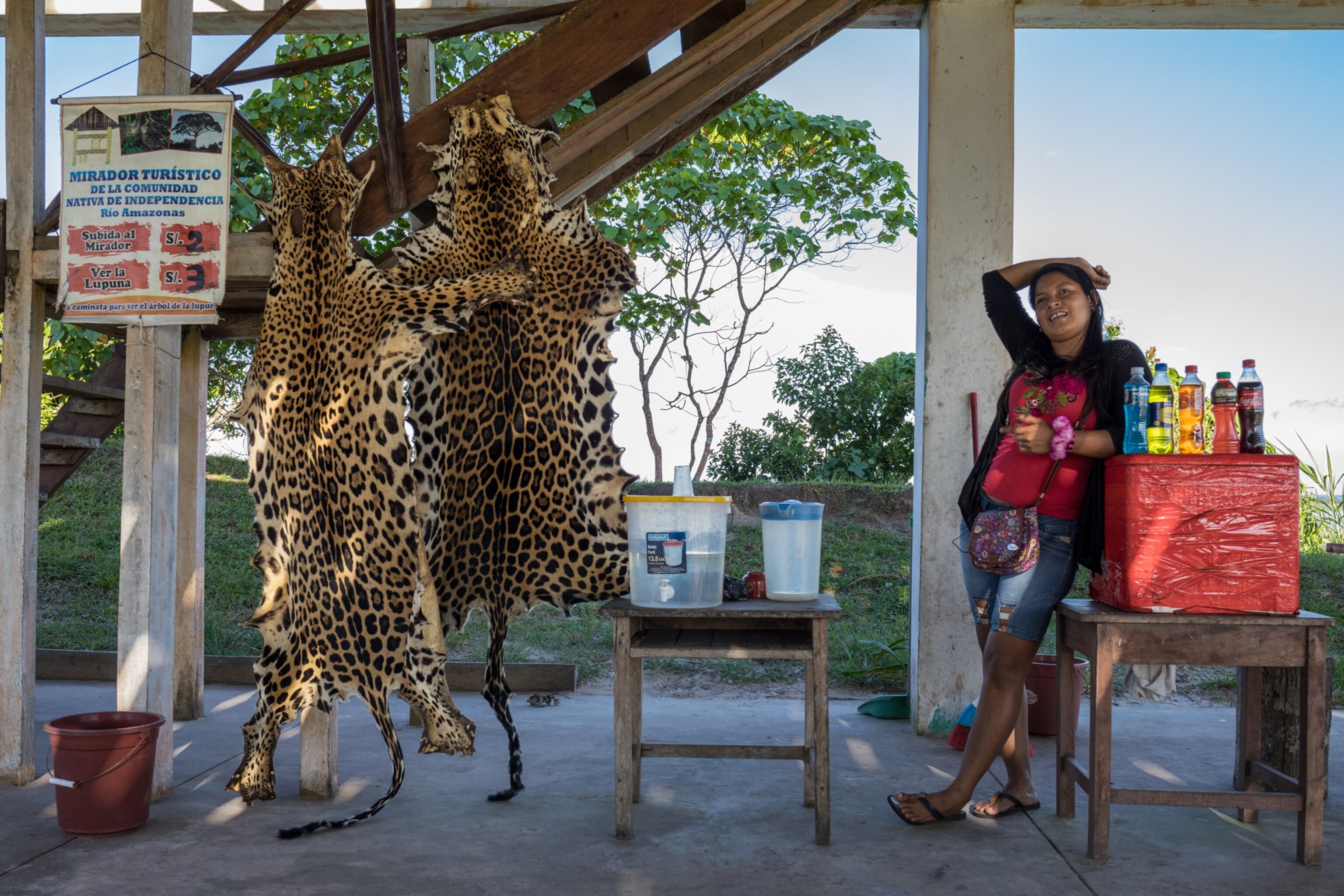
Uzquiano told me later that he suspects the Chinese man is the same person he’d heard was going from ranch to ranch in nearby villages, offering money to livestock owners for the skulls and teeth of any jaguar they killed. But Uzquiano’s jurisdiction is limited to the park.
Local police, state police investigators, and the federal ministry of environment have the authority to crack down on illegal trade in towns and cities throughout the country. Bolivian officials say it’s important to stop the illegal jaguar trade, but efforts so far have been disjointed and ineffective, according to conservationists, scientists, and government employees.
“I believe the government’s efforts are not sufficient,” says Angela Nuñez, a biologist who used to work for Bolivia’s biodiversity department, focusing on jaguar trafficking. “Political interests are put first. It seems the priority is to maintain good relations between Bolivia and China.”
Wildlife of Madidi National Park
In the case of Yan Yixing, a Chinese national known locally as Javín, police found jaguar heads and teeth during a raid on his home in 2014. He remained free on bail for three years after his arrest, his trial having been delayed several times. In September the trial finally proceeded. He was convicted and is now filing an appeal.
Biologists say it’s not too late to save jaguars in Bolivia, where they’re thought to number between 4,000 and 7,000. But that requires a sustained, coordinated effort by the government to curb illegal activities, work closely with Chinese companies, and see prosecutions through.
For now, however, trafficking in the parts of one of South America’s most iconic animals remains a low-risk, high-reward business.

